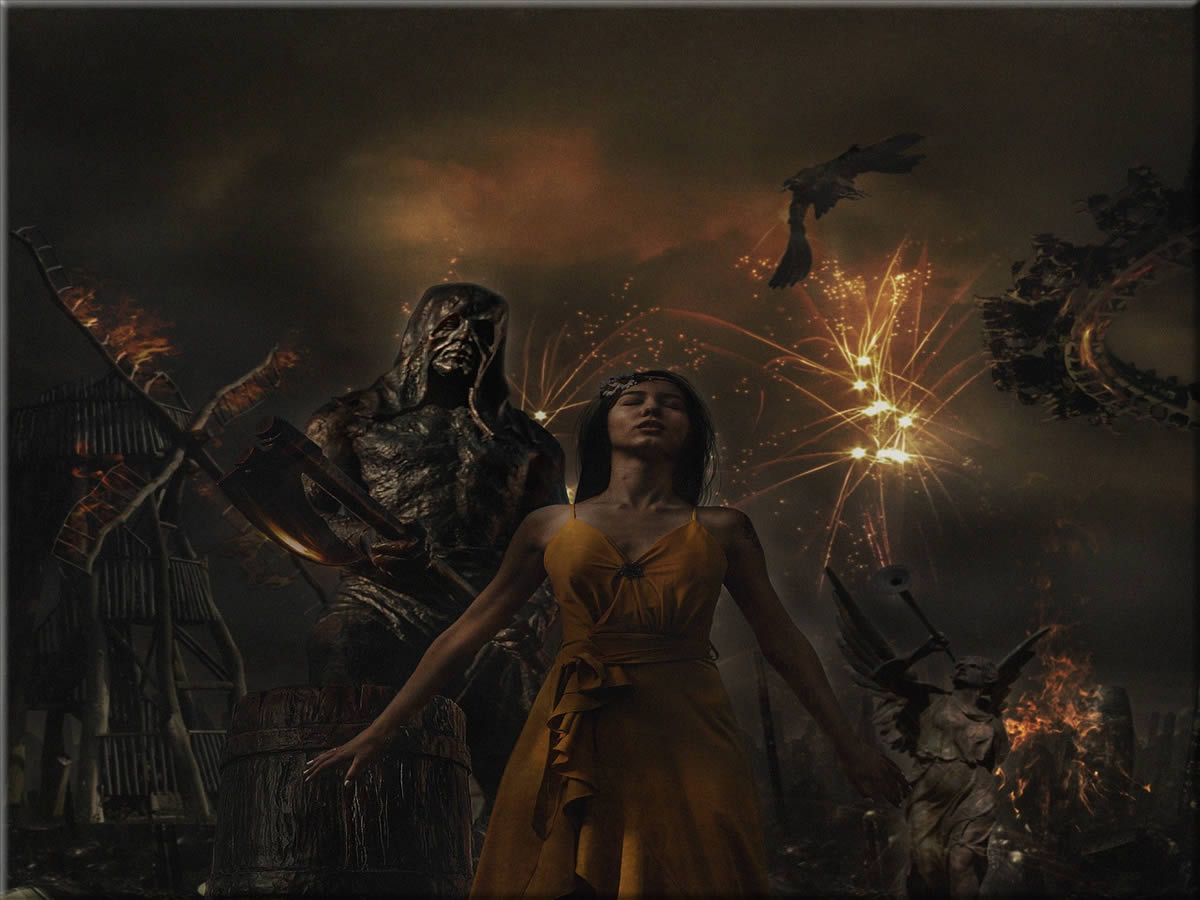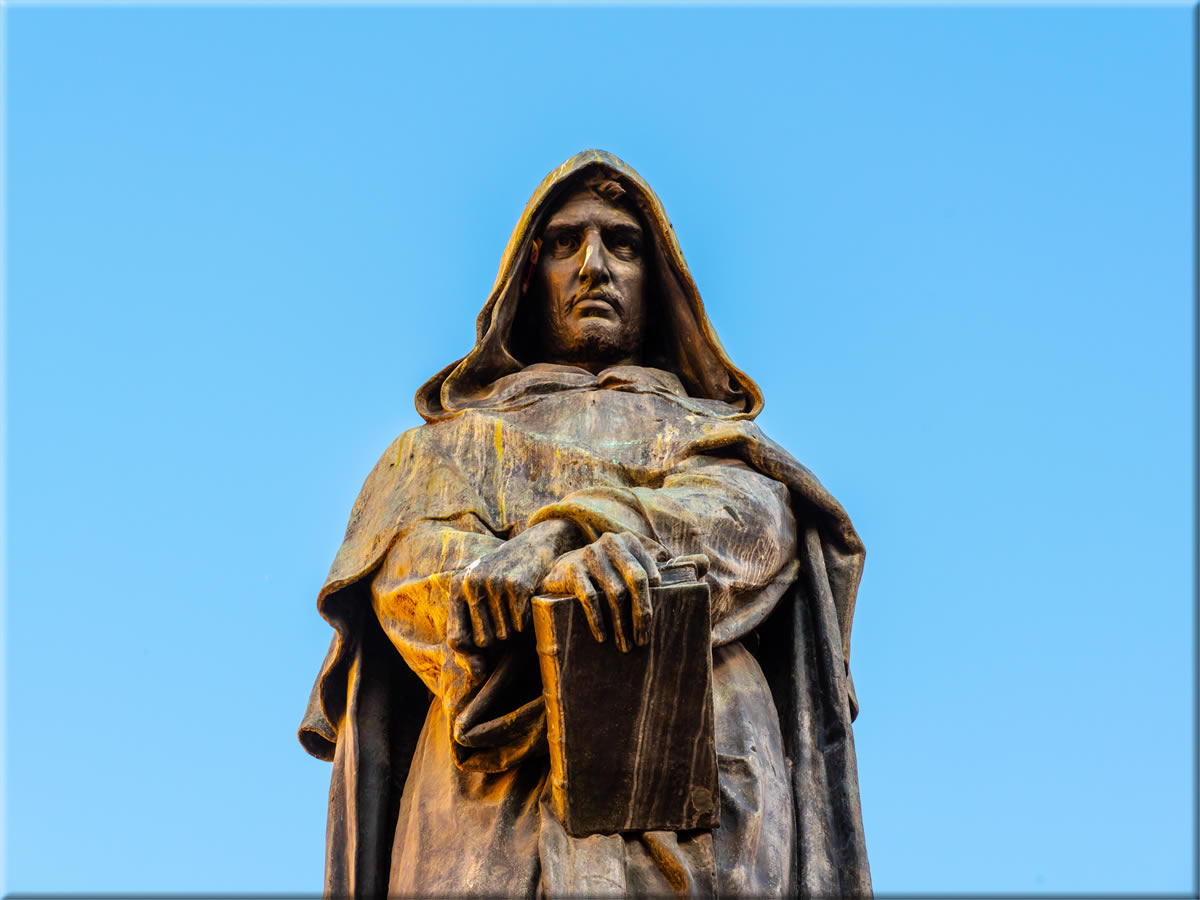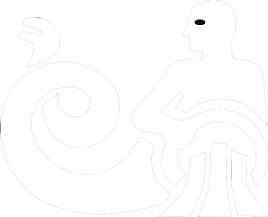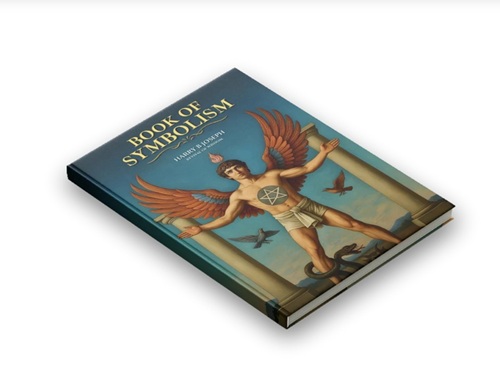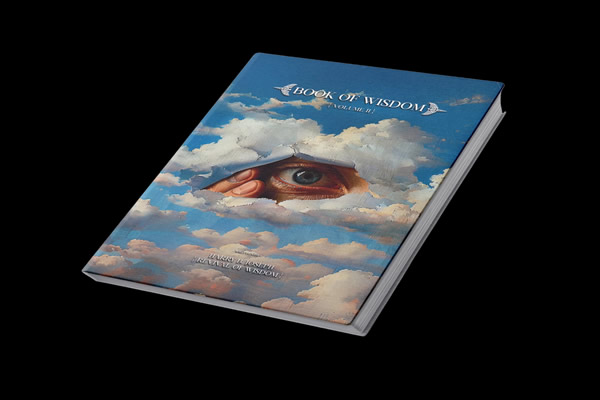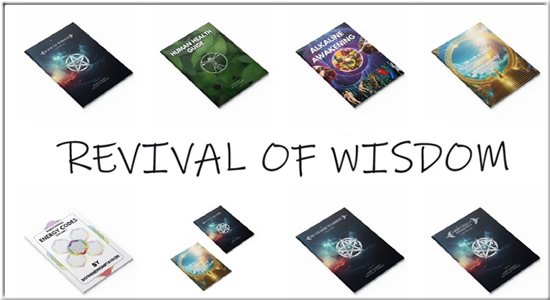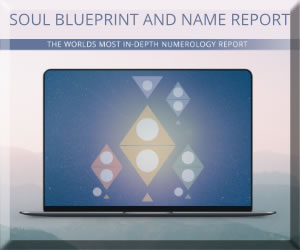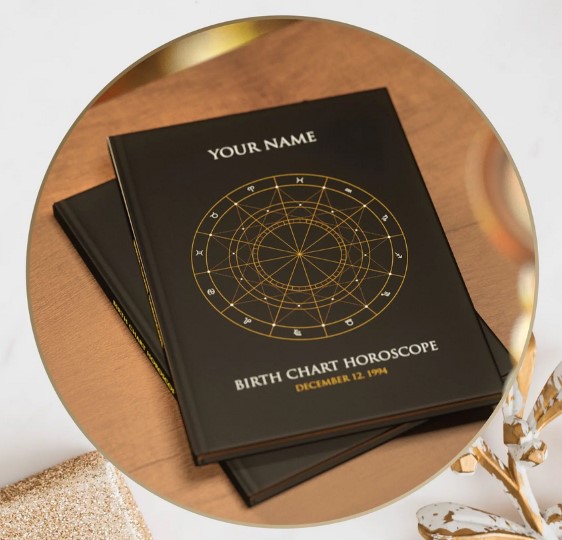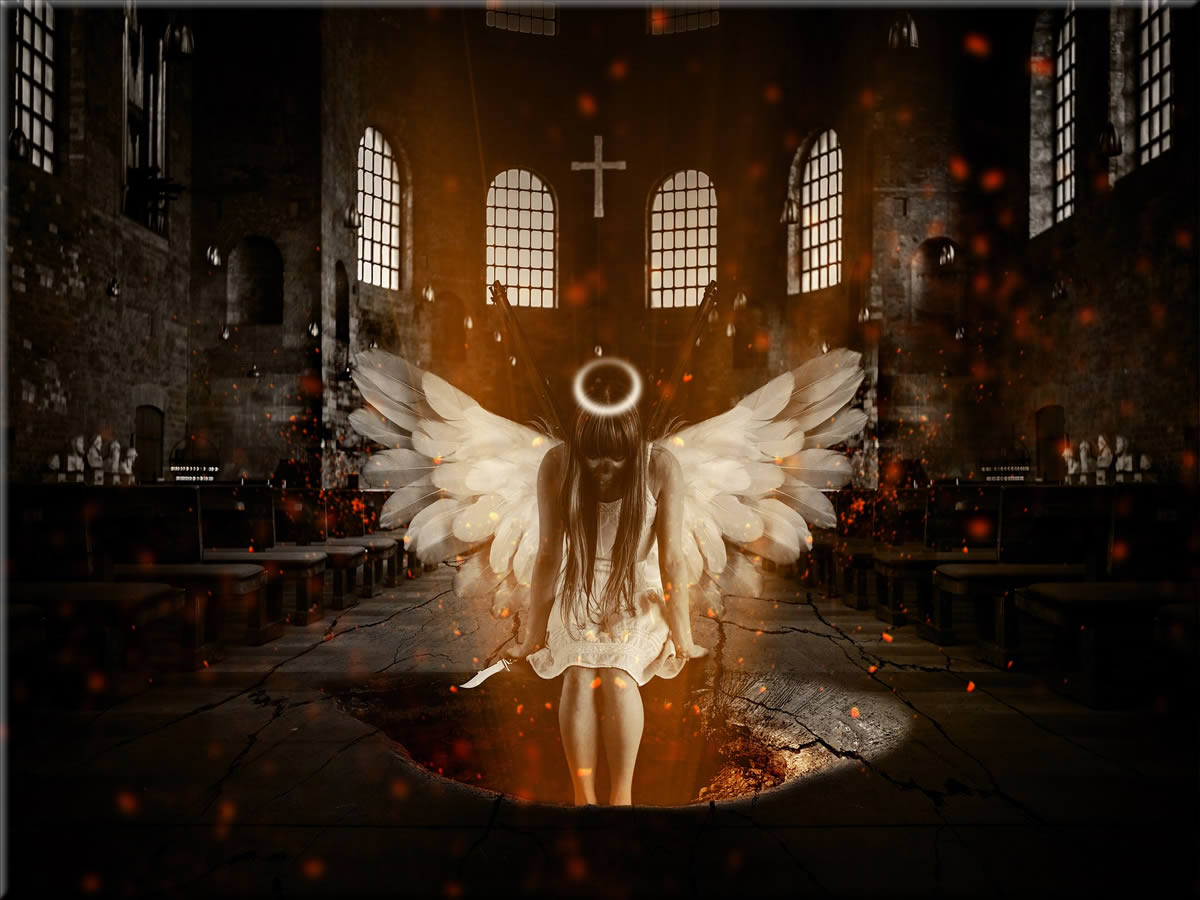
The Dark Side of The Roman Catholic Church
The Roman Catholic Church is one of the world’s oldest and most influential religious institutions, spanning over two millennia. An institution that declares that it is the one, holy, catholic, and apostolic church founded by Jesus Christ. Its role has shaped societies, cultures, and governments, often intertwining faith with the day-to-day lives of billions. But, like any human institution, it has flaws and its fair share of historical controversies. The Dark Side of the Roman Catholic Church article will remind us of the evil hidden behind the “sacred walls.”
When I delve into the annals of history, I find that the Church’s influence often came at a cost. Events such as the Crusades, the Inquisition, and the trials of Bruno and Galileo remind us of times when the Church strayed far from its spiritual mission in the name of power and control. In these times, the dark side of the Roman Catholic Church emerged at the forefront.
Check out more videos on our YouTube channel
These moments of history matter for their own sake and for their lasting impact on the global community. I keep returning to the question of how these actions are reconciled with the core tenets of Christianity. Exploring these controversies reveals that the Church’s actions frequently have lasting implications for the dialogue between faith and cultural values.
Power and Politics: How the Church Influenced Governance and Law
The intertwining of the Catholic Church with the mechanisms of governance and legislature is a historical narrative with immense significance. I’ll delve into this liaison to show how religious influence has shaped political landscapes throughout history.
In the heyday of medieval Europe, the papacy was not just a spiritual authority but a temporal one. Popes like Innocent III and Boniface VIII wielded significant influence over monarchs, utilizing excommunication and interdicts as practical political tools. These actions had real-world implications, from fomenting political strife to influencing succession.
The Book of Symbolism is more than a guide to ancient signs; it is a journey into your own consciousness. Every chapter is a step on a journey that will elevate your mind and spirit.
After reading this book, nothing will be the same again.
Renaissance laws often bore the imprint of ecclesiastical directives. From sumptuary laws to the establishment of the Inquisition, the Church’s hand in legal matters was palpable. Notions of divine right provided a theological underpinning to the monarchs’ rule, strengthening the Church’s influence while sometimes stoking the flames of conflict.
This balance or battle between ecclesiastical and political ambitions is central to understanding the Church’s influence. It maneuvered through the corridors of power, providing spiritual guidance as a facade for political intervention.
However, due to their unparalleled political and military power, they amassed wealth by seizing people’s land and plundering their resources. This is why they are now one of the wealthiest institutions globally.
Dark Side of the Catholic Church and The Reign of Terror
During her full reign of terror, the Catholic Church had caused the cruel death of at least 50 million people. Below are some of the most prominent, infamous events it has caused over the centuries.

- The Albigensian Crusades in Southern France – Roman Catholic Crusaders slaughtered approximately 20,000 citizens of Beziers, France, on July 22, 1209.
- In 1236, the Roman Crusaders slaughtered 2500 Jewish men and women, including ‘the old and the young and the pregnant,’ in the Anjou and Poitou regions of western France.
- The Roman Catholic armies butchered at least 2.000,000 Waldensian Christians of all ages during the 30-year war between 1540 and 1570.
- Roman Catholic Queen Mary (aka Bloody Mary) attempts to bring England back under the influence of Papal tyranny. Her reign from 1553 to 1558 saw the burning of almost 300 men and women at the stake.
- The St. Bartholomew Day Massacre – French Roman Catholic soldiers began killing Protestants in Paris on the night of August 24, 1572. The soldiers killed at least 18,000 Protestants during the first seven days.
- The Thirty Years’ War between 1618 and 1648. The Roman Catholic Church planned, instigated, and orchestrated this bloody religious war in an attempt to exterminate all the Protestants in Europe.
- The Roman Catholic slaughter of the Irish Protestants lasted for eight years, from 1641 to 1649, and claimed the lives of thousands of men, women, and children.
- In 1685, French Roman Catholic soldiers slaughtered approximately 500,000 French Protestants on the orders of Roman Catholic King Louis 14 of France.
- From the 12th to the 19th, the Roman and Spanish Inquisitions prosecuted, tortured, burned, and slaughtered millions of innocent people due to their non-Catholic beliefs and refusal to convert.
These are not just chapters of history but lessons that echo how we understand religion and power today.
History of Sexual Abuses Within the Church
The issue of sexual abuse within the Catholic Church dates back to the 11th century when Peter Damian wrote the treatise Liber Gomorrhianus to address such violations. In 1048, Bishop Benno of Piacenza accused Pope Benedict IX of numerous vile adulteries and murders. Peter Damian charged him in his Liber Gomorrhianus with engaging in routine sodomy and bestiality, as well as sponsoring orgies, rapes, and other unspeakable acts.
From 1471 – 1484, Pope Sixtus IV was a “lover of boys and sodomites,” awarding benefices and bishoprics in return for sexual favors and nominating several young men as cardinals.

In 1531, Martin Luther claimed that Pope Leo X had vetoed a measure that would have restricted the number of boys the cardinals kept for their pleasure, highlighting the shameless practice of sodomy by the Pope and cardinals in Rome. Accusers posthumously accused Pope Leo X of homosexuality after he died in 1521.
From 1550 to 1555, Pope Julius III’s Accusations of his homosexuality spread across Europe during his reign due to the favoritism shown to Innocenzo Ciocchi Del Monte, who rose from beggar to cardinal under Julius’ patronage.
The late 15th century saw the removal of Katharina von Zimmern, also known as the imperial abbess of Zürich, and her sister from their abbey due to being molested by Catholic priests.
Modern Scandals Behind Sacred Walls
Recent decades have shed light on a particularly harrowing chapter in the Catholic Church’s history, revealing a series of sex abuse scandals. The core of the issue stemmed from individuals within the Church abusing their positions of authority and trust to exploit the vulnerable, a stark contradiction to the institution’s moral teachings.
In the Catholic Church, there have been numerous cases of sexual abuse of children by priests, nuns, and other members of religious life. Throughout the late 20th and early 21st centuries, these cases involved numerous allegations, investigations, trials, convictions, admissions, and apologies by Church authorities. Additionally, there were revelations about decades of abuse and efforts by Church officials to conceal them. The victims primarily consisted of boys but also included girls, some as young as three years old, with the majority falling between the ages of 11 and 14.
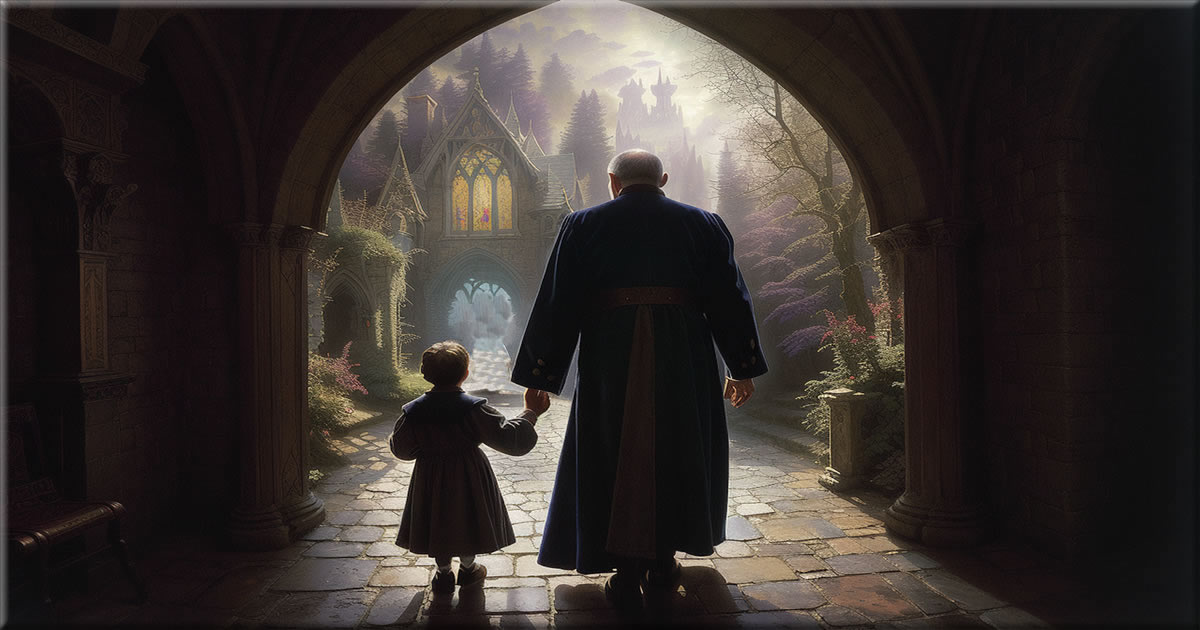
Despite the sacred trust bestowed on its clergy, those who violated this responsibility continued to cause immeasurable harm. Some investigations have revealed that the Church not only allowed individual priests to commit abuse but also systematically concealed it by higher authorities within the Church. These revelations have profoundly shaken many people’s faith and led to international calls for justice and reform.
Systemic issues contributed to the crisis. Canonical laws, designed to address offenses within the Church, were often ill-equipped to address criminal acts effectively. The preference for internal handling of allegations usually led to the reassignment of offenders to different parishes, where they had the potential to continue their abusive behaviors rather than face legal consequences.
The gravity of the situation has compelled the Church to confront uncomfortable truths. It has had to reckon with questions about its structure, accountability, and the way forward. In response, steps are being taken to foster greater transparency, accountability, and safety.
Steps Towards Redemption: The Catholic Church’s Path to Reform
The Catholic Church has historically been a cornerstone of faith for millions of people. It offers hope for a more conscientious and responsive institution that recognizes past shortcomings and makes strides towards reform. Although the Church has made progress, the world continues to watch as many people hold skepticism and hope for real and lasting transformation.
Moreover, transparency is now at the forefront of the Vatican’s agenda. Following widespread criticism and international pressure, the Church has initiated new policies and practices aimed at preventing abuse, holding clergy accountable, and ensuring the safety of its followers.
Volume 2 continues the profound themes introduced in the predecessor even deeper into the complexities of existence and the pursuit of knowledge, encouraging readers to question established beliefs.
In recent years, the Catholic Church has faced an imperative demand for change. The necessity to acknowledge its past errors and implement reforms has been apparent, and there is evidence that the Church is taking actionable steps toward healing and transformation.
However, why would it have to heal and transform if it is declared holy on the foundations of Christianity? The answer is clear: it is far from it because the Catholic Church has a dark side and evil hiding behind its “sacred walls.”
The Church has publicly apologized for its historical transgressions, attempting to bridge the gap between past failures and a future of integrity. These apologies, while symbolic, are part of a broader recognition of the need to confront issues openly.
However, no such forgiveness can erase all the evil they have caused throughout the centuries.
Related Topics
